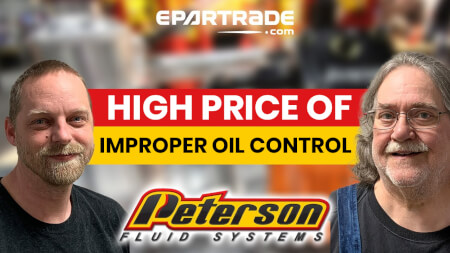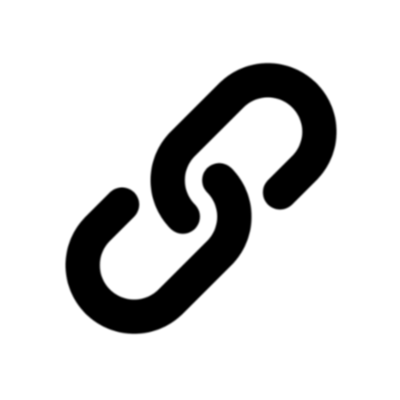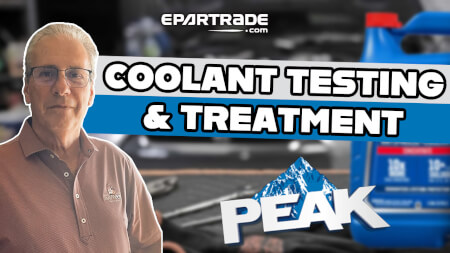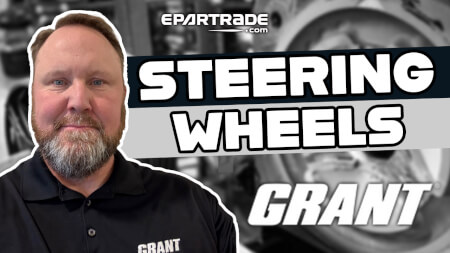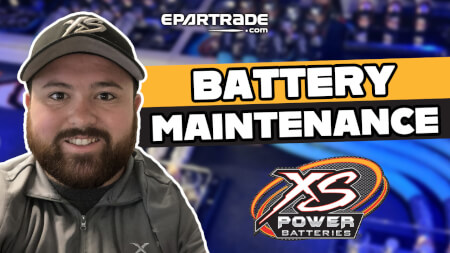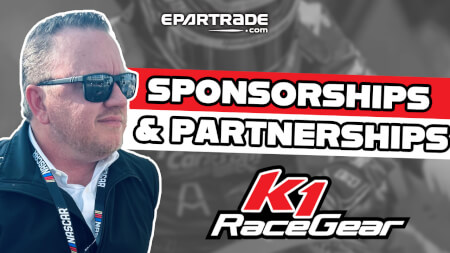July 31st 2024
Peterson Fluid Systems Educates Racing Community on the High Cost of Improper Oil Control
In a recent webinar, Peterson Fluid Systems, a renowned name in the racing industry, delved into the critical topic of oil control in race cars. Hosted by industry experts Justin Slager and Wade Moon, the session highlighted the importance of proper oiling systems and the financial implications of improper oil management.
The High Price of Improper Oil Control
Every component of a race car, especially the engine, relies heavily on an efficient oiling system. Justin Slager emphasized, "A good oiling system is crucial for the optimal performance of race car engines." The webinar focused on comparing wet sump and dry sump systems, discussing their advantages, disadvantages, and the overall impact on engine performance and longevity.
Wet Sump vs. Dry Sump Systems
Wade Moon provided an overview of the two oil control systems. Wet sump systems, common in many race cars, present several challenges. "Wet sump systems are difficult to control, especially with oil moving inside the pan during braking or cornering," Moon explained. This can lead to oil aeration and fluctuating oil temperatures, affecting the engine's performance.
In contrast, dry sump systems offer significant advantages. "Dry sump systems provide better oil control, increase horsepower by improving case vacuum, and offer superior pressure regulation," said Slager. This system stores oil externally, reducing aeration and maintaining consistent oil pressure, which is crucial for engine performance and reliability.
Cost Implications and Engine Longevity
The webinar also addressed the cost benefits of dry sump systems. Although the initial investment in a dry sump system is higher, the long-term savings are substantial. Slager shared insights from engine builders, noting, "The average lifespan of a big block modified engine with a wet sump system is about 700 laps before needing a refresh. In contrast, engines with dry sump systems can last between 1200 to 1400 laps."
Doubling of engine lifespan significantly reduces frequency & cost of rebuilds. "When you consider the upfront costs, dry sump systems ultimately lead to significant cost savings." Slager said.
Interactive Q&A Session
The webinar concluded with an interactive Q&A session, where participants asked about specific oil control issues and best practices. One common question was about oil draining back into the engine after it sits idle. "With a dry sump system, oil levels need to be checked after the system is primed and the engine is started, to ensure accurate readings," Moon advised.
Conclusion
Peterson Fluid Systems continues to lead the way in educating the racing community about the technicalities and benefits of proper oil control. By investing in advanced oiling systems, race teams can enhance engine performance, extend engine life, and achieve significant cost savings.
For more information, watch the full webinar here.
